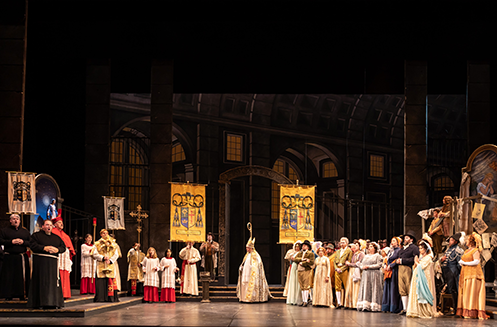our mission
To make Lyric Opera of Kansas City indispensable to the public through transformational opera experiences and broad service which captures the hearts and minds of our diverse communities.

To make Lyric Opera of Kansas City indispensable to the public through transformational opera experiences and broad service which captures the hearts and minds of our diverse communities.
